|
|
Mosques
Influence of various architectural spaces as an effective factor in featuring a building was not uniform. For example, influence of climatic-geometric factor at foundation of residence building, were much more than other factors; therefore, various fronts of house never had a unique application, design or space, but each one in accordance to their position in North, South, East or West, in each region, had special design. While, in public buildings and religious constructions, climatic factor had little effect in designing and architecture; for example, in religious schools, Caravanserais, chambers were built in all four fronts of yard and usually designed and erected with similar conditions to benefit maximum spaces around yard.
Among all architecture spaces, mosques, specially congregational mosques, in big cities underwent less influence of climatic conditions, but mostly under worshipping conditions and general principles of architecture; for example, build the place toward direction of "Kiblah" or setting main Shabestan on the front of Kiblah, is a principal, which was considered in all mosques.
Modality of featuring Mosques
1- Mosques with one single Shabestan
First mosques had only one Shabestan, built on Kiblah front, with an open surrounded space afore, for gathering and passage.
2- Mosques with two Shabestan
In those mosques, Shabestans were built on two fronts. Kiblah-looking Shabestan was bigger.
3-Mosques with central yard
In continuation of designing mosques and expansion of covered spaces, at least about 11th century A.D., central yard was utilized as a designed element. Mosque of Koufeh, demolished in 661 A.D. due to an accident, was rebuilt with central yard. In this mosque, main Shabestan was set on Kiblah front and in each three fronts, a Shabestan with the depth of two orifices were built, while Kiblah was ignored in entrance doorways from the wall.
Since mosque stands overlooking toward Kiblah, as a rule and dome of the house must be erected on the same front, therefore, in mosques of Iran, a special regard was given to that front, e.g., out of four Eyvans (verandas) built around the yard. Kiblah looking Eyvan is different than other Eyvans, owing to its special application.
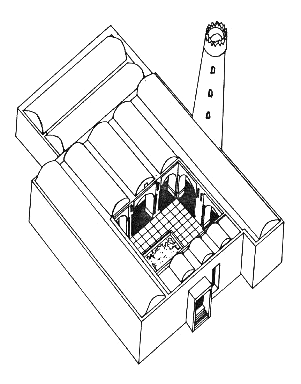 Fahraj: Jame Mosque
Fahraj: Jame Mosque
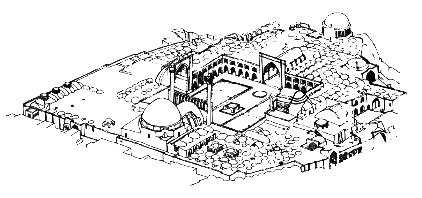 Isfahan: Jame Mosque
Isfahan: Jame Mosque
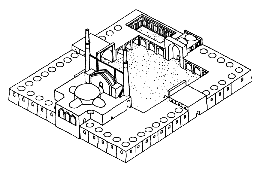 Ziaratgah: Jame Mosque
Ziaratgah: Jame Mosque
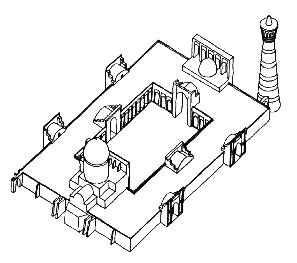 Bukhara: Kalian Mosque
Bukhara: Kalian Mosque
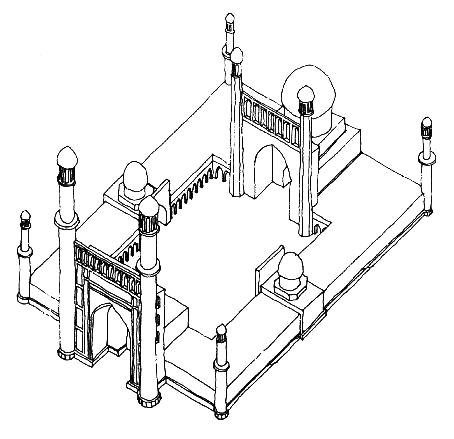 Samarkent: BiBi Khanum Mosque
Samarkent: BiBi Khanum Mosque
|
|





